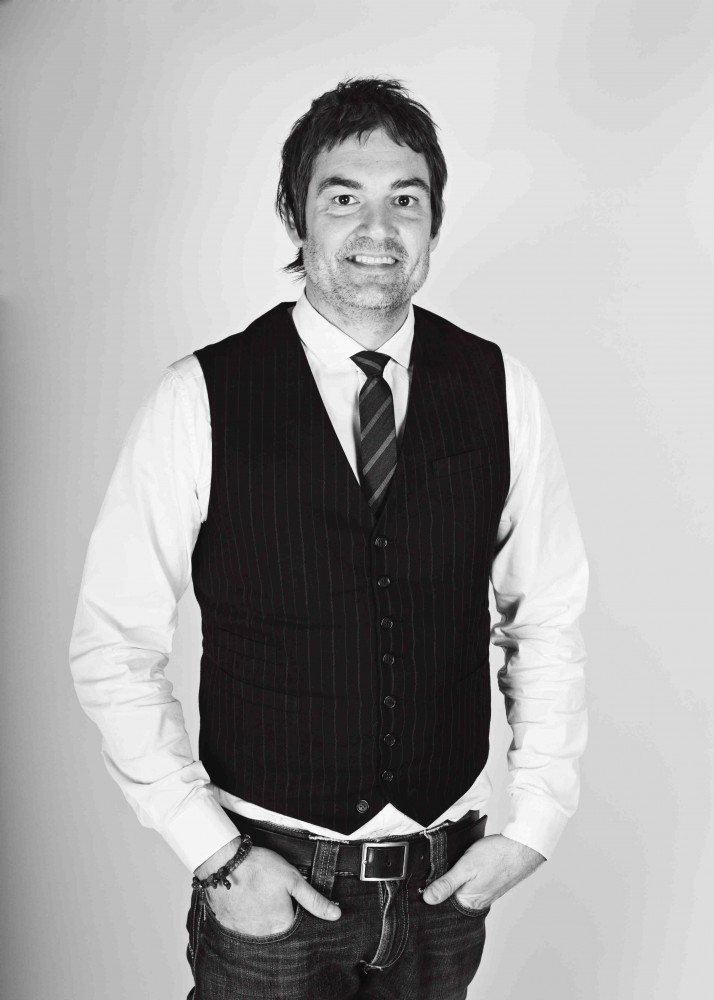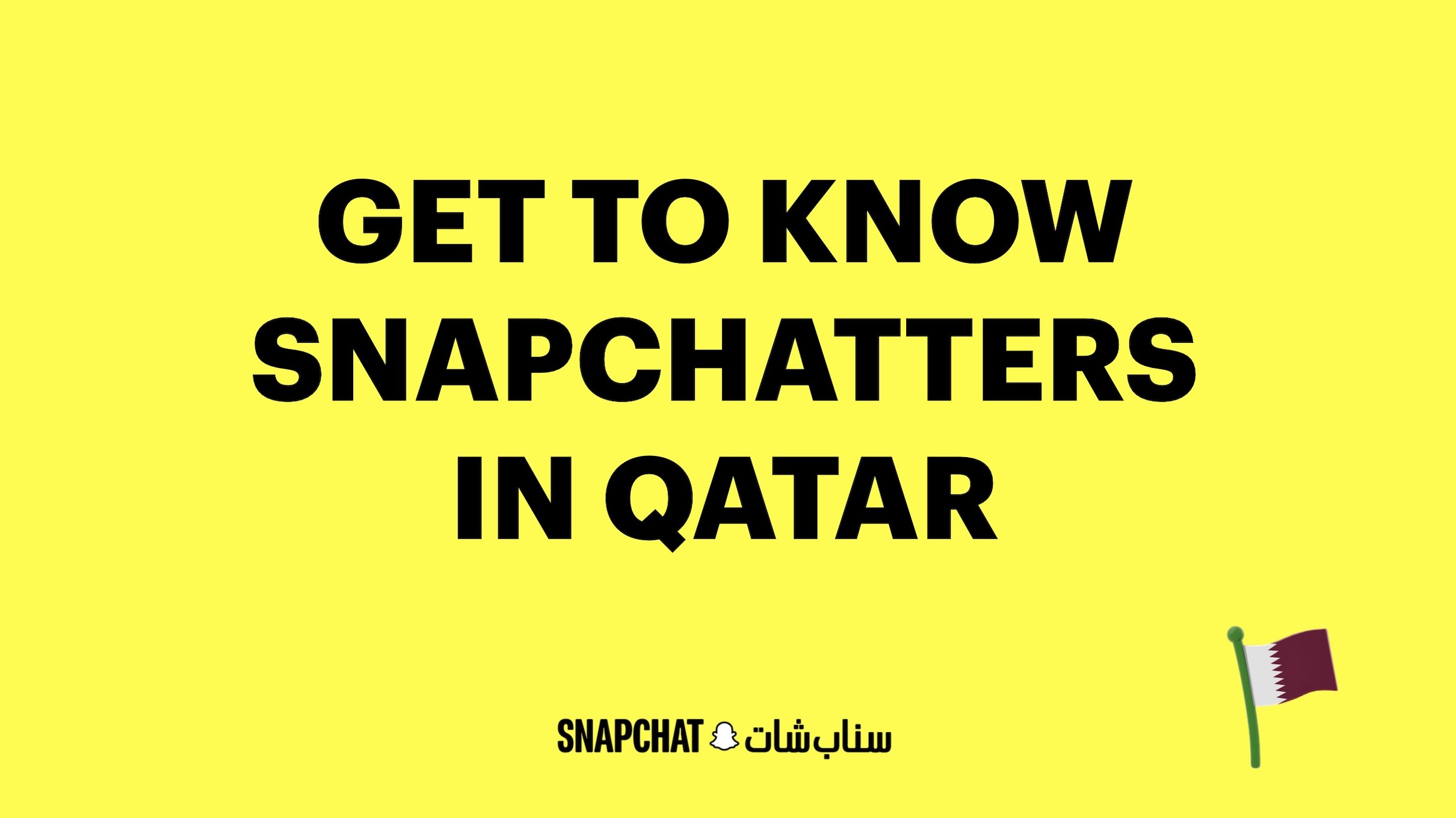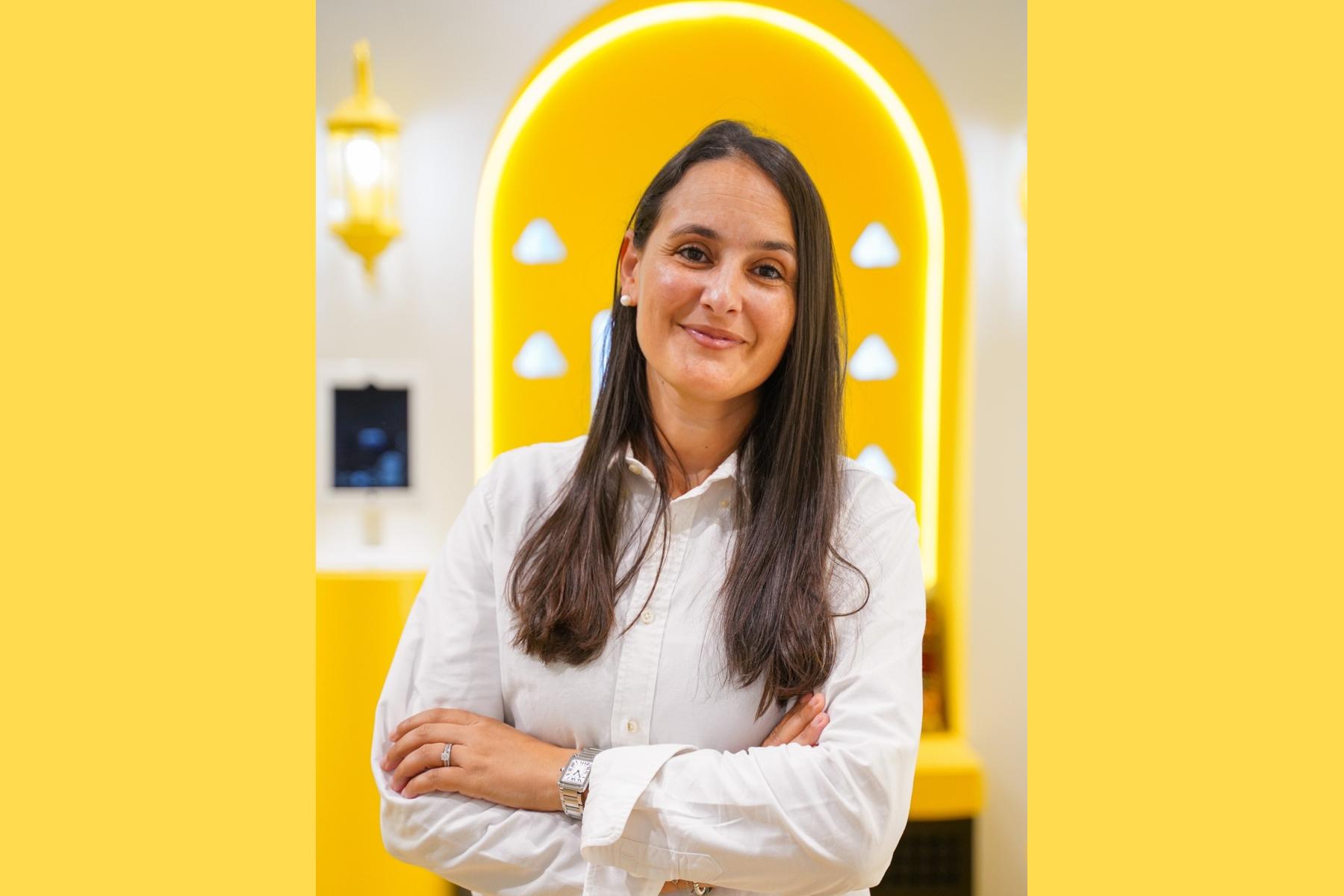News - Digital/Tech
Let’s talk about content
by Iain Akerman
June 28, 2017
.jpg) Advertisement
AdvertisementWhat is content? Most people will struggle to answer this question.
Perhaps it’s best defined as ‘stuff’, which was once proffered as a description by Paul Shearer, group chief creative officer at Memac Ogilvy MENA. As he admitted back then, “the problem with stuff is that most of the time it’s worthless and boring crap”.
Havas Group’s latest ‘Meaningful Brands’ report, which was released in March, all but confirms this analysis, stating that “60 per cent of all content created by brands is poor, irrelevant or fails to deliver”. What’s more, content delivered by brands is underperforming to such an extent that it’s having little impact on business results or people’s lives.
Many observers will probably view this 60 per cent figure as generous. Bob Hoffman would. The man behind The Ad Contrarian blog, he wrote last year that: “Today I want to propose that we replace the word ‘content’ with ‘shit’.”
“Here’s the logic,” he continued. “Everything meaningful has a specific designation. So if you write something with meaning and value it’s called a book, or a play, or a poem, or an essay. But if you write something that does not have a specific designation – if it is not a book, or a play, or a poem, or an essay – if it’s just a cluster of words you have gathered to ‘engage’ an unsuspecting reader with your brand or your persona, it’s almost certainly a piece of shit.”
Even P&G’s global brand officer, Marc Pritchard, is on record as stating “there’s a lot of crap content out there”, as have many others working in the industry who have the ability to sniff out rubbish.
Why is this important? Because the Content Marketing Institute’s latest trends report estimates that, on average, 29 per cent of any given brand’s total marketing budget will be spent on content. In the UK, financial outlay on content is expected to rise by 179.2 per cent from $160 million in 2014 to $449 million in 2020, according Yahoo! and Enders Analysis. Therefore content needs to not be crap, whatever you ascertain it to be.
It doesn’t help that the content arena is disputed territory. Advertising agencies, digital agencies, media agencies and PR agencies all claim ownership and legitimacy in some way or another.
Perhaps for this very reason ‘content strategies in a world of distraction’ was the theme of a discussion at the ArabNet Digital Summit in Dubai.

“You’re better off creating less content but with more brand focus. Less is more, but better quality. And better quality doesn’t necessarily mean big expensive campaigns…”-- Justin Mlynarski
“You see a lot of spewing out of content,” said Justin Mlynarski, head of digital for the Middle East and North Africa at UM MENA. “You’re better off creating less content but with more brand focus. Less is more, but better quality. And better quality doesn’t necessarily mean big expensive campaigns… but ensuring that each piece of content that you do create really matters and really means something.”
The ‘Meaningful Brands’ report agrees, stating that “content’s role is to educate, inform, entertain, inspire, reward and help”.
For Mlynarski, there are four key factors to creating successful content: audience understanding; creative and production excellence; a strategic framework; and effective distribution.
“Content these days is nothing without fantastic distribution,” he said. “We all know that organic reach is dead.”
Why?
“Because as social media becomes increasingly overcrowded and as social networks become ever more monetised the ability for content to be seen for free (organically) has decreased massively – practically zero on Facebook,” he said after the panel discussion had finished.
“This means that the strategic use of paid media to promote the right content to the right audience is vital. The real measure of success now is not how many people your content reaches but to what extent do people engage with it – and crucially share it. So a more effective measure of the success of your content and paid media strategy is to what extent did your paid investment drive ‘free reach’ or ‘earned reach’ as a result of people sharing your content with their networks.”
“It’s very much about how do you get that cut through,” said Leah Duquemin, group account director at Socialize Agency in Dubai. “It’s being personalised. On social media you can be so tailored, you can be so personalised, and that’s how you get your cut through. Knowing your audience, knowing what they’re going to click on, knowing what they’re going to react to, what they’re going to want to know more about. That’s the important thing about your content and that’s what should be at the heart of absolutely everything.”
Mlynarski adds: “In an ever-saturated advertising space with so many brands fighting for ever-decreasing attention amongst consumers, creating great content which resonates with people and makes them want to help tell your brand story through engagement and shares amongst their peer groups is crucial in driving your key marketing and branding objectives.”



.jpg)










